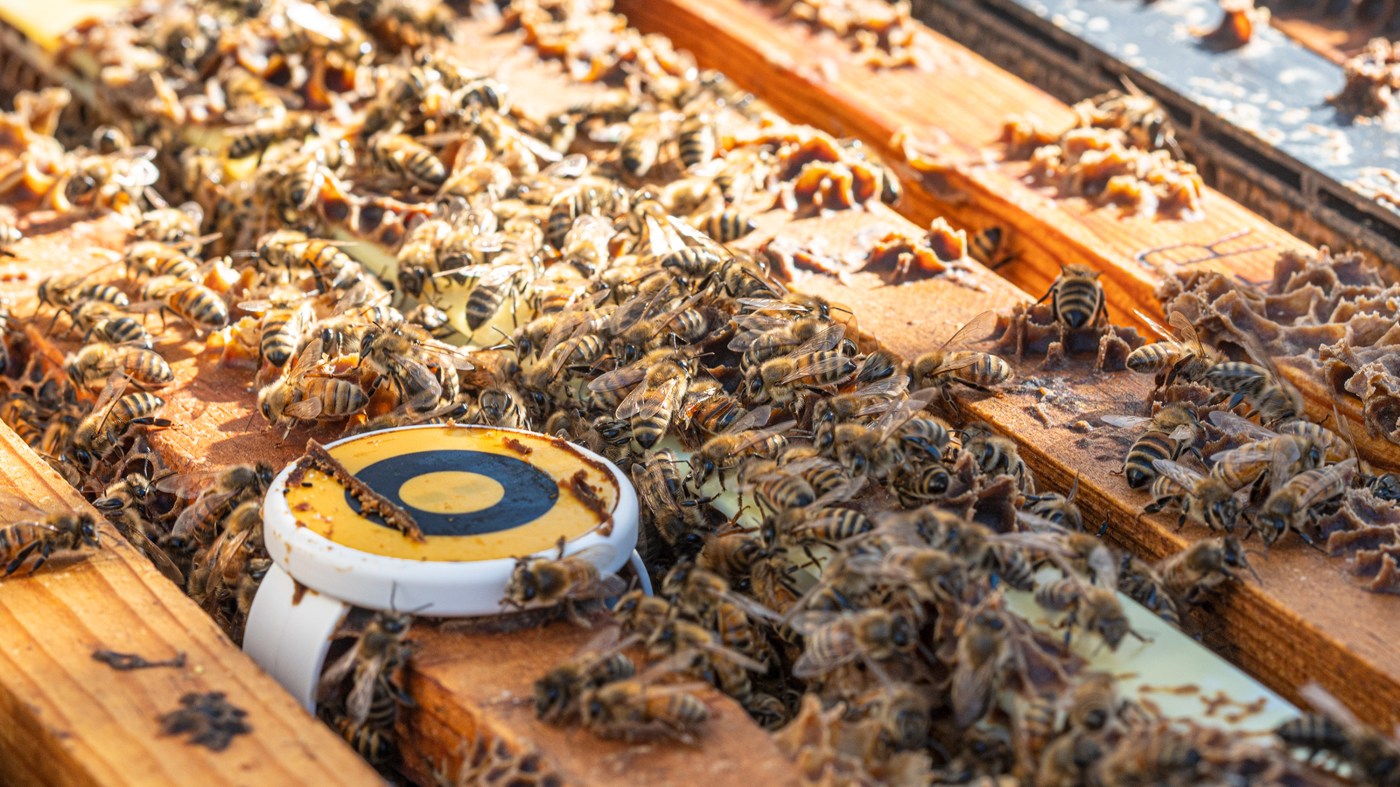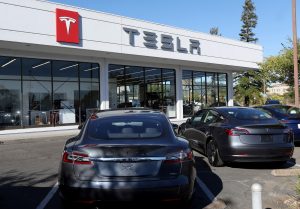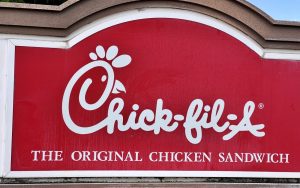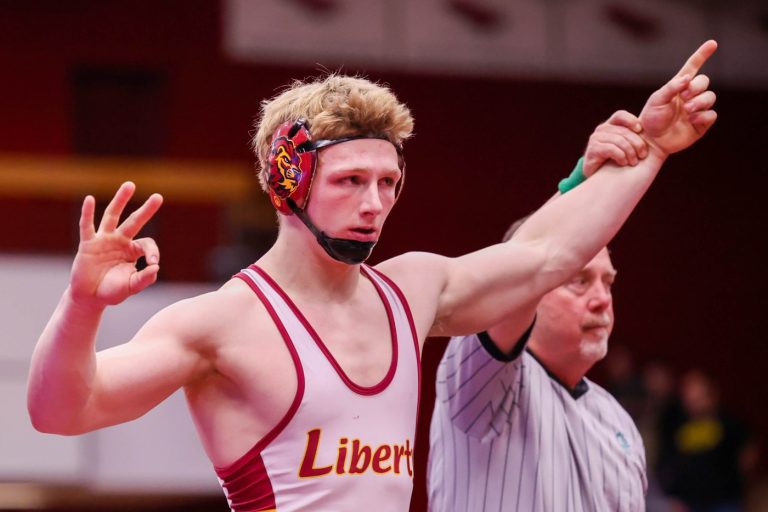SEATTLE — One of nature’s most important keystone species is working itself to death.
Colonies of honey bees — crucial pollinators for a wide variety of plants and cash crops — are at risk of collapse because of climate change, a recent study by scientists at Washington State University and the U.S. Department of Agriculture found.
Long and warmer fall months across the Pacific Northwest encourage bees to emerge from their colonies when they should be resting, said Gloria DeGrandi-Hoffman, a research leader at the USDA’s Carl Hayden Bee Research Center in Arizona.
“When it’s warm out, they fly and when they fly they’re physiologically aging,” said DeGrandi-Hoffman, who is also one of the study’s authors. “It’s very taxing to fly.”
Come springtime, bees that should be emerging young and rested are instead elderly and infirm, she said. They’re too old to care for younger bee generations, which in turn cannot care for the generations after them.
When the colonies sink below a certain threshold (around 5,000 bees), multiple things start to go wrong and the population spirals, said Brandon Hopkins, another author and manager of WSU’s apiary program and laboratory. The bees will no longer be able to keep warm, nursing bees can’t feed the developing brood and there won’t be enough bees to forage for food.
“Everything falls apart,” Hopkins said. “The whole system crashes.”
All because of a few degrees’ increase in temperature.
The study modeled many different climate scenarios for the decades ahead, said Kirti Rajagopalan, another author, and an assistant professor in WSU’s Department of Biological Systems Engineering. How severe the warming trend continues for the Pacific Northwest depends on whether humans curtail greenhouse gas emissions and, if so, by how much.
Warmer fall and winter months don’t happen every year, and the Earth will continue to see its natural variability, but climate change pushes each end of the spectrum to greater extremes than before.
Not only did global temperatures mark the hottest year on record in 2023 but regional temperatures consistently hit record highs as well.
By 2050 those warm swings for fall and winter months could push between 4 or 5 degrees above normal, Rajagopalan said.
“Two degrees might not make a big difference at the beach,” Hopkins said. “But it can be the difference between bees flying and not flying.”
The difference between a sustainable bee colony and collapse.
Some years between 40% and 60% of bee colonies collapse across the country, DeGrandi-Hoffman said. The consequences will become more and more apparent.
Not only can the study’s findings apply to bees outside of the Pacific Northwest, but other pollinators are suffering as well, DeGrandi-Hoffman said.
“They’re really the glue in our ecosystems,” she said. “And you never notice the glue — until it stops working.”
With bees specifically, that glue (pollination) produces about a third of our diets as humans, Hopkins said.
“Generally the most nutritious and delicious foods that we have,” he said. “Fruits and vegetables and many of the nuts are produced by bees.”
There’s also a beef and dairy component, Hopkins added. Bees pollinate forage crops like alfalfa, which feed cows.
Don’t forget the honey, either.
Eric Olson saw that widespread pollination firsthand. He also witnessed the collapses.
For 40 years Olson trucked his 18,000 honeybee colonies between California and Washington, moving among farms and orchards where their job was to pollinate everything from almonds to tree fruits, blueberries, blackberries, cranberries, carrots, radishes, onions, canola and alfalfa.
For years, Olson said, “seven days a week at 2 a.m. I was somewhere in my big truck, hauling bees.”
Bee populations declined toward the end of Olson’s career, and over his last winter in business he lost nearly two thirds of his hives.
He endearingly refers to recently hatched honeybees as “little fuzzies,” which are imperiled by unseasonably warm weather during times with low food availability.
“The little fuzzies were hatching when they normally did but because they were outside and it was warm enough to fly they would go out but there wasn’t anything out there for them,” Olson said.
“They used up their life,” he said.
Related Articles
Second reported case of bird flu in a person in the US confirmed
Yes, beavers can help stop wildfires. And more places in California are embracing them
As feds stand down, states choose between wetlands protections or rollbacks
Sierra Nevada snowpack ‘unusually normal’ and reservoirs are brimming as winter season winds down
One major Bay Area city is particularly bad at recycling. City staff have a hands-on idea for how to turn it around.
Olson sold his business in 2016 and the decline continued into a complete collapse, he said.
“Last year is the first year since 1980 that there was not Olson’s honeybee pollination in the Yakima Valley,” he said.
While bee populations are suffering across the country, they’re not all collapsing at the same time or for the same reasons. One survey from the nonprofit Bee Informed showed that beekeepers saw their second-highest loss rates on record last year. At the same time other domesticated colonies in Texas have exploded in population in recent years, The Washington Post reported.
The problems a given hive faces depend on many factors, including the climate, its location and whether it’s a domestic colony or not.
Aside from warming temperatures, Olson said bees also suffer from a lack of food and widespread viruses.
Fortunately, the experts agree, there are some solutions.
Beekeepers can rely on cold atmosphere storage to replace the chilly climes that usually trigger a dormant period in the hives, Olson said.
And some farmers are using massive black or white tarps to heat or cool the soils in which wild bees live, Hopkins said.
The Washington state Legislature this year passed a measure requiring projects that include landscaping to make at least 25% of the area a “pollinator habitat” using native plants. Gov. Jay Inslee signed that measure into law Thursday.
The thing that will prevent the greatest amount of warming, however, is for humans to cut greenhouse gas emissions and work to reverse the worst effects of climate change, Rajagopalan said.
___
©2024 The Seattle Times. Visit seattletimes.com. Distributed by Tribune Content Agency, LLC.












